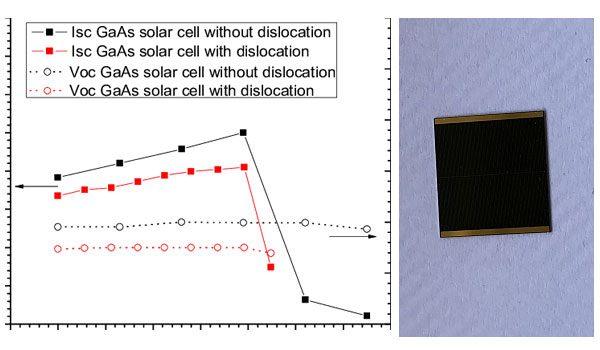Gallium arsenide integrated circuit (GaAs) refers to an integrated circuit composed of semiconductor gallium arsenide (GaAs) devices. GaAs integrated circuits include GaAs ultra high speed integrated circuit (VHSIC), microwave monolithic integrated circuit (MMIC) and photoelectric integrated circuit (Isc). Gaasic mainly refers to the integrated circuit made of GaAs semiconductor materials. Its active devices are mainly metal Schottky field effect transistor (MESFET) and junction field effect transistor (JFET); It also includes integrated circuits developed by devices such as high electron mobility transistor (HEMT) and heterojunction bipolar transistor (HBT) made of materials grown by molecular beam epitaxy (MB) e and organic metal vapor deposition (MOCVD)

GaAs Isc has the advantages of high frequency, high speed, high power, low noise and low power consumption. The upper limit of CMOS working frequency is about 150MHz. BiCMOS combined with bipolar transistor technology can increase the working frequency to 300MHz. If it is required to increase the frequency, ECL technology will have to be adopted, and its working frequency can be increased to 2 ~ 5GHz. The integration degree of the sample reaches 30000 ~ 40000 gates, but its power consumption is too large and the product competitiveness is poor. The trend is to adopt GaAs technology, its working frequency can reach more than 5 ~ 10GHz, and the power consumption is moderate. Therefore, it is the main applicable technology for high-speed systems, especially those above 2.4gb/s. For some applications, the low noise and high frequency performance of MESFET can not meet the requirements, so new devices HEMT, HFET and PHEMT need to be adopted. Sometimes, in order to consider the cost factor, discrete devices are used. For example, in DBS receiver, the two-stage low noise amplifier is realized by discrete HEMT.
GaAs HBT is an emerging competitor. It can provide the advantages of single power supply and low phase noise characteristics of bipolar devices. It is suitable for oscillators. Its existing problem is high cost. It is worth noting that wireless communication pays special attention to low voltage operation. PHEMT just has this advantage. For example, it adopts an appropriate best matching network, with an operating frequency of 800MHz, a leakage bias of 1.5V, an output power of 30MW, a gain of 10.6db and an additional efficiency (PAE) of 80.4%; The bias voltage is 3V, the output power is 122mw, the gain is 12.2db, and the PAE is 84%. Table 3 lists the performance changes of the device when the leakage bias voltage Voc is 1.5 ~ 7.8v. If appropriate pinch off voltage is adopted, single power supply can also be realized